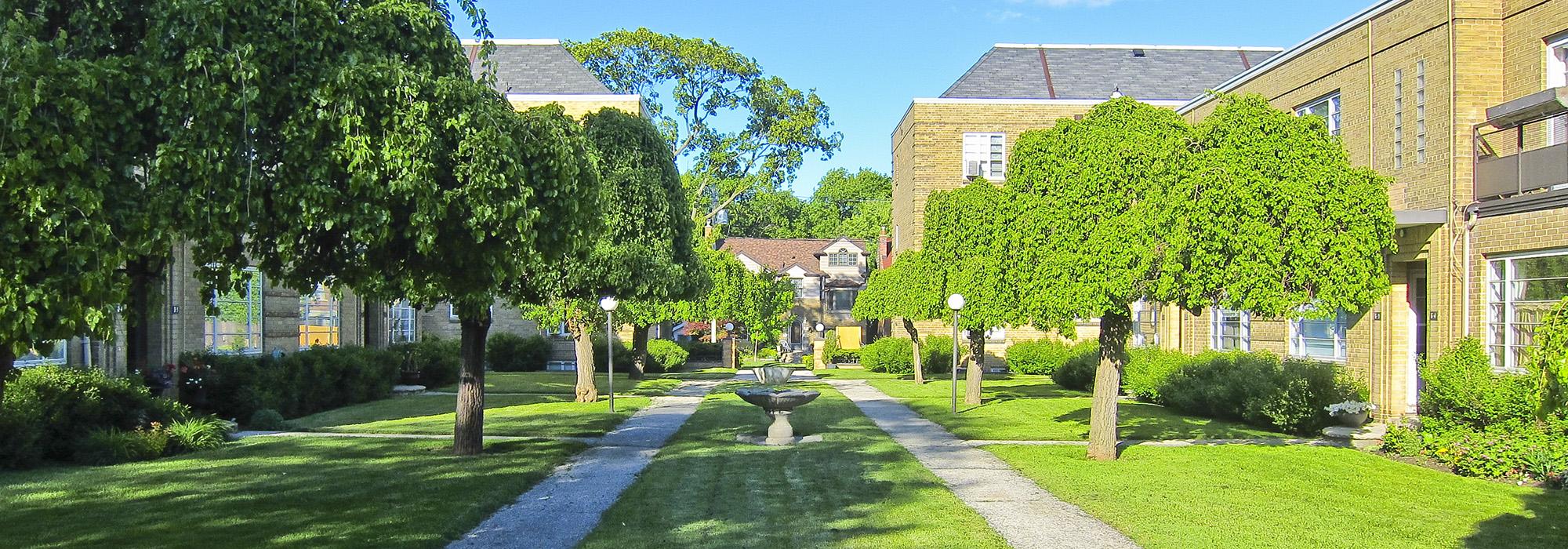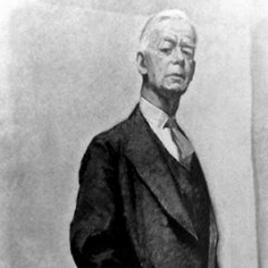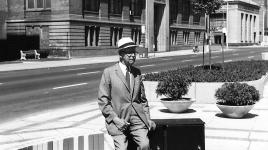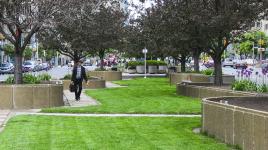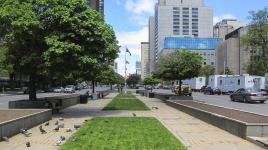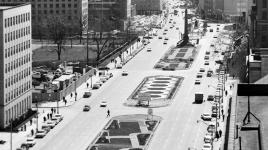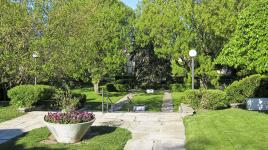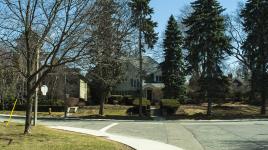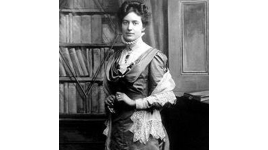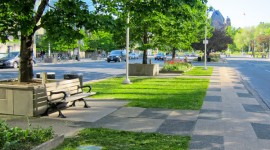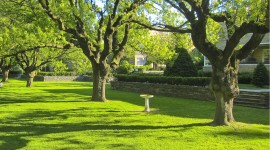Pioneer Information
Born in York, England, Howard Grubb earned a B.S. in Agriculture from Cornell University in 1907 before returning to England to work with landscape architect Thomas Mawson. There he met Lorrie Dunington, a landscape architect practicing in London. The pair married and immigrated to Canada in 1911, combining their surnames and establishing the Toronto-based firm H.B. & L.A. Dunington-Grubb, Landscape Architects. Beginning in 1912 Dunington-Grubb briefly partnered with fellow Cornell alumnus W.E. Harries, but by 1915 the practice had dissolved. The Dunington-Grubbs founded Sheridan Nurseries in 1913, and hired nurseryman Herman Stensson to run it.
In addition to private gardens, notable commercial and public projects include Gage Park and McMaster University Entrance Park, Hamilton, Ontario; the Oakes Garden Theatre and Rainbow Bridge gardens, Niagara Falls, Ontario; and Parkwood Estate, Oshawa, Ontario. Collaborating with his wife, Dunington-Grubb’s designs often featured sculpture . His oeuvre included the Beaux-Arts and Modernist styles, the latter evident at the Garden Court Apartments and University Avenue in Toronto.
An ardent promoter of his profession, Dunington-Grubb has been called the father of landscape architecture in Canada. In 1934 he was among the nine founding members of the Canadian Society of Landscape Architects and Town Planners (now the Canadian Society of Landscape Architects), serving as its president in 1934-1935 and 1944-1945. He lectured on landscape design at the University of Toronto and received many professional awards, including the Allied Arts Medal of the Ontario Association of Architects, and the Royal Architectural Institute of Canada Medal. He was named a Fellow of the Canadian Society of Landscape Architects in 1964.



